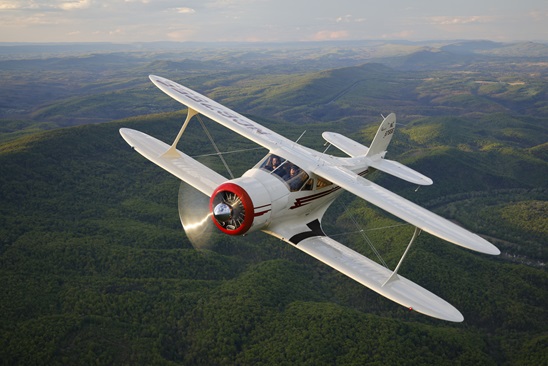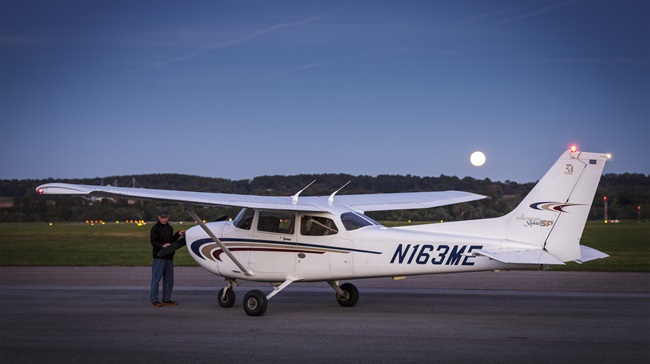Five-year extension sought for life-limited cylinders
AOPA and Superior Air Parts have requested that the FAA grant operators of aircraft with certain Superior Air Parts cylinders installed on Continental engines another five years before they must replace the cylinders as required by a current airworthiness directive.
Inspections and visual checks already required by the AD and continued under an alternative method of compliance (AMOC) granted in 2014 “have and will continue to adequately address and mitigate the airworthiness concern” that first prompted the FAA’s action, AOPA and Superior Air Parts said in a Nov. 5 letter to the FAA.
The original AD took effect in 2009 and was superseded in 2013, including a new provision requiring cylinder replacement after 12 years since installation, in addition to at the time between overhaul. Despite stakeholders’ objections to the new calendar year limit, the AD was implemented as proposed.
In 2014, with some aircraft effectively grounded by the new calendar year limit but with ample time before TBO, AOPA and Superior Air Parts worked with the FAA and subsequently submitted a request for an AMOC that proposed an extension of the life of the cylinders to 17 years since installation. The FAA granted the AMOC, specifying the detected abnormalities or corrosion that would require replacement of a cylinder.
In their new letter requesting a further extension of cylinder life to 22 years since installation, AOPA and Superior Air Parts contended that the inspection regime is working.
“We are unaware of a single incident or accident, resulting from cylinder head separation which has occurred since the AD was issued and/or AMOC granted,” they wrote. “Yet we have members/customers with aircraft, that have complied with and passed all checks and inspections, resulting in a safe, healthy, and airworthy engine. But, the very next day, initially due to the 12-year, and now 17-year calendar limit, are deemed unairworthy and would be forced to pull and replace all cylinders at significant cost.”
The letter noted that approval of the new AMOC’s terms would maintain an equivalent level of safety while saving aircraft operators more than $10,000 per engine.



